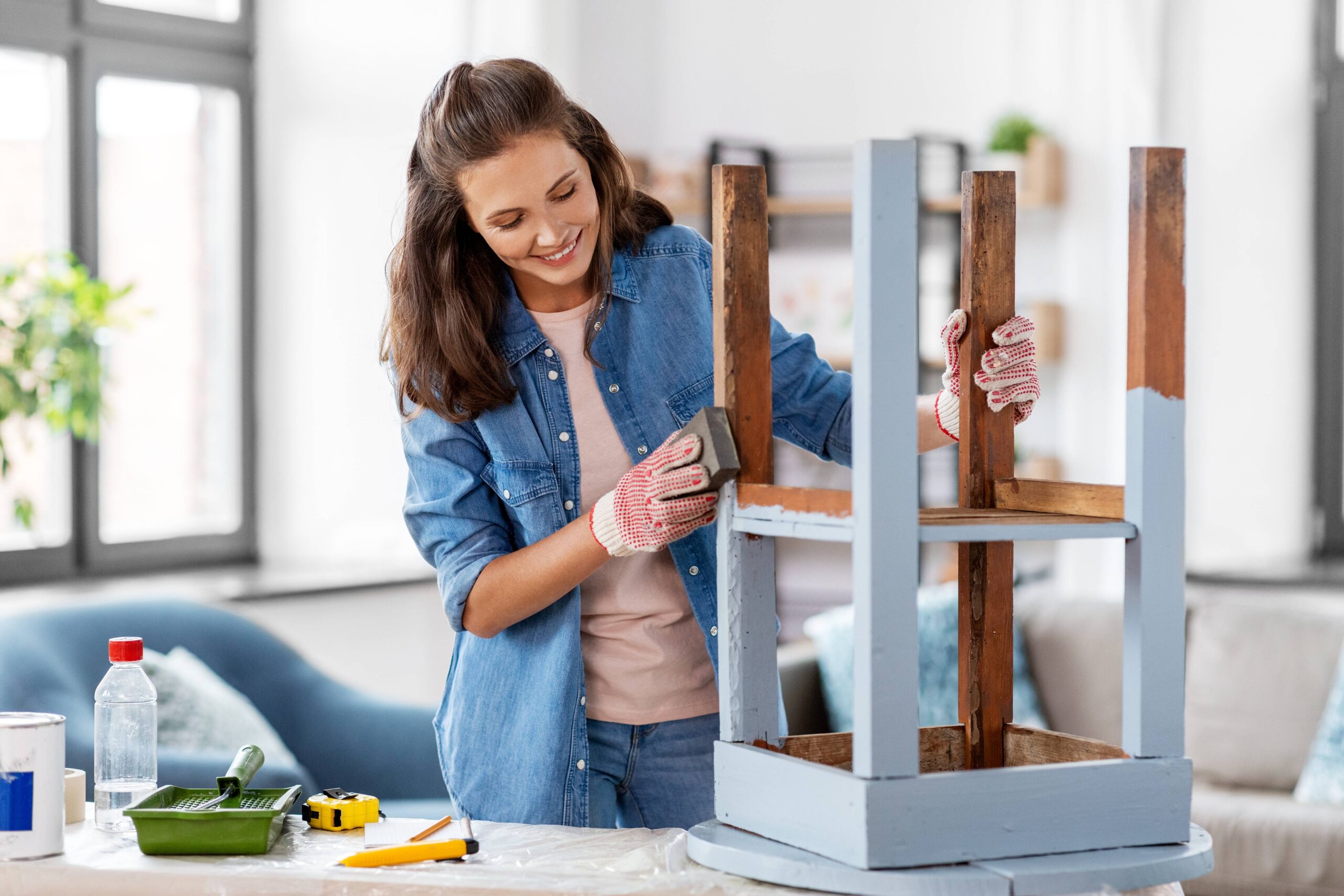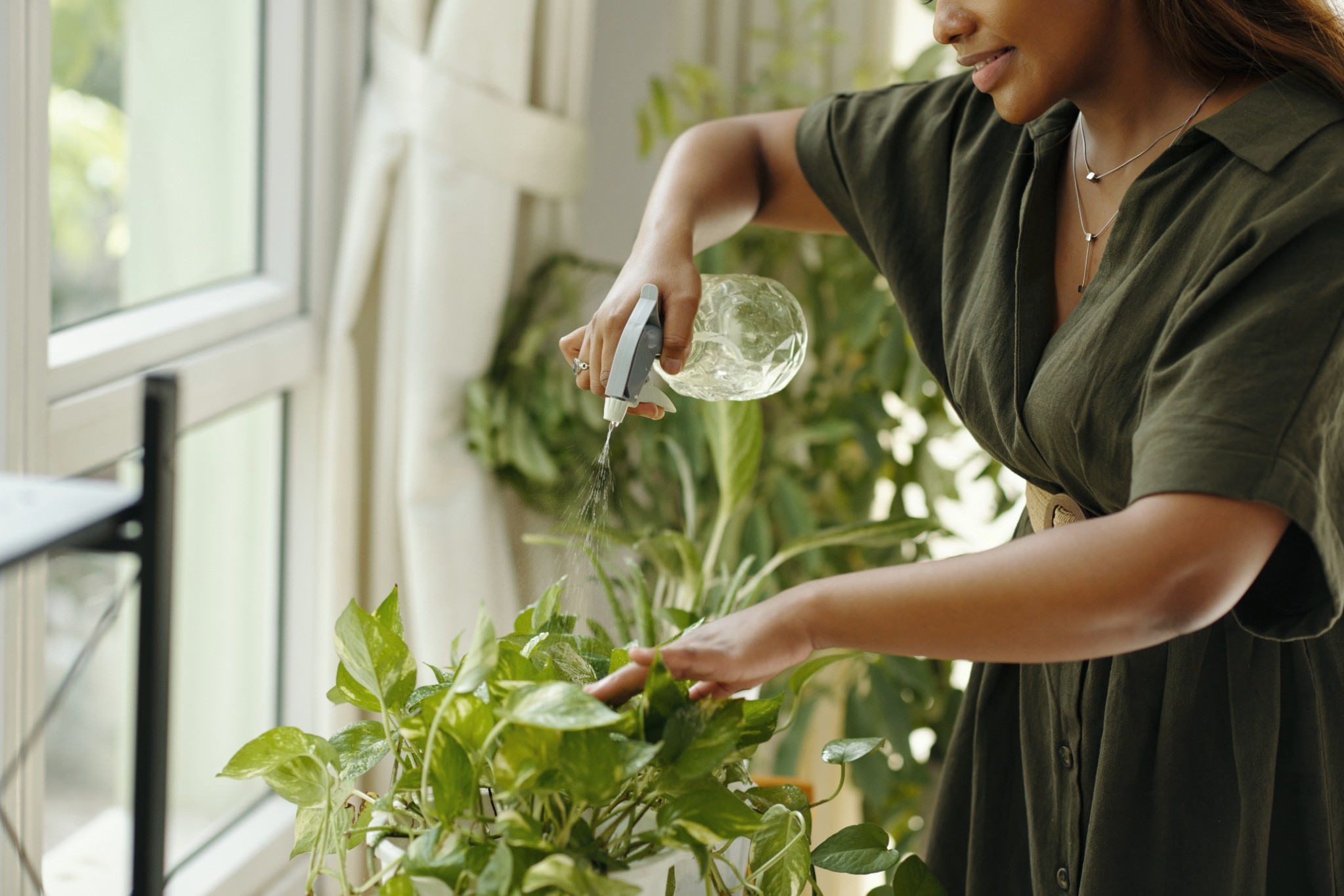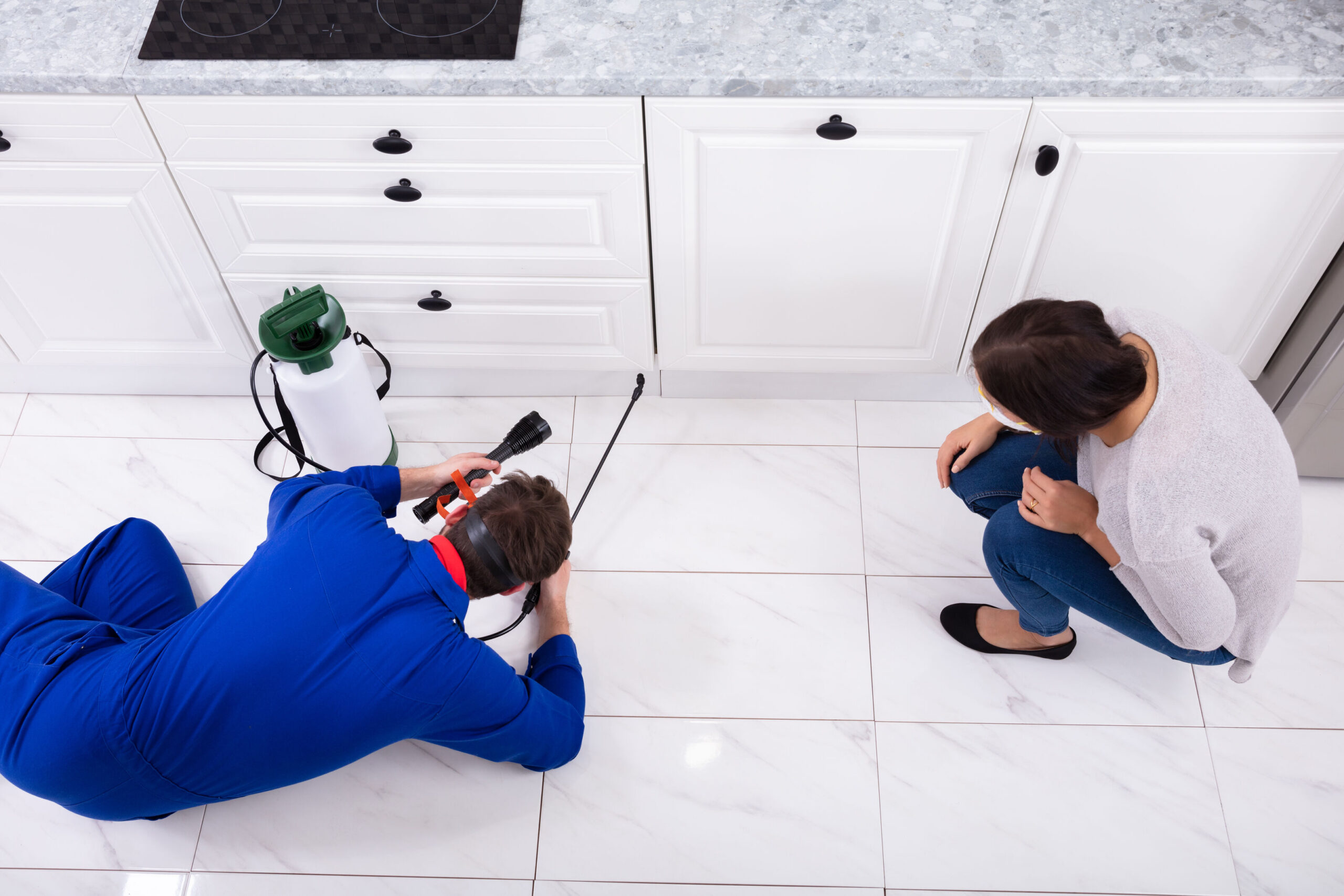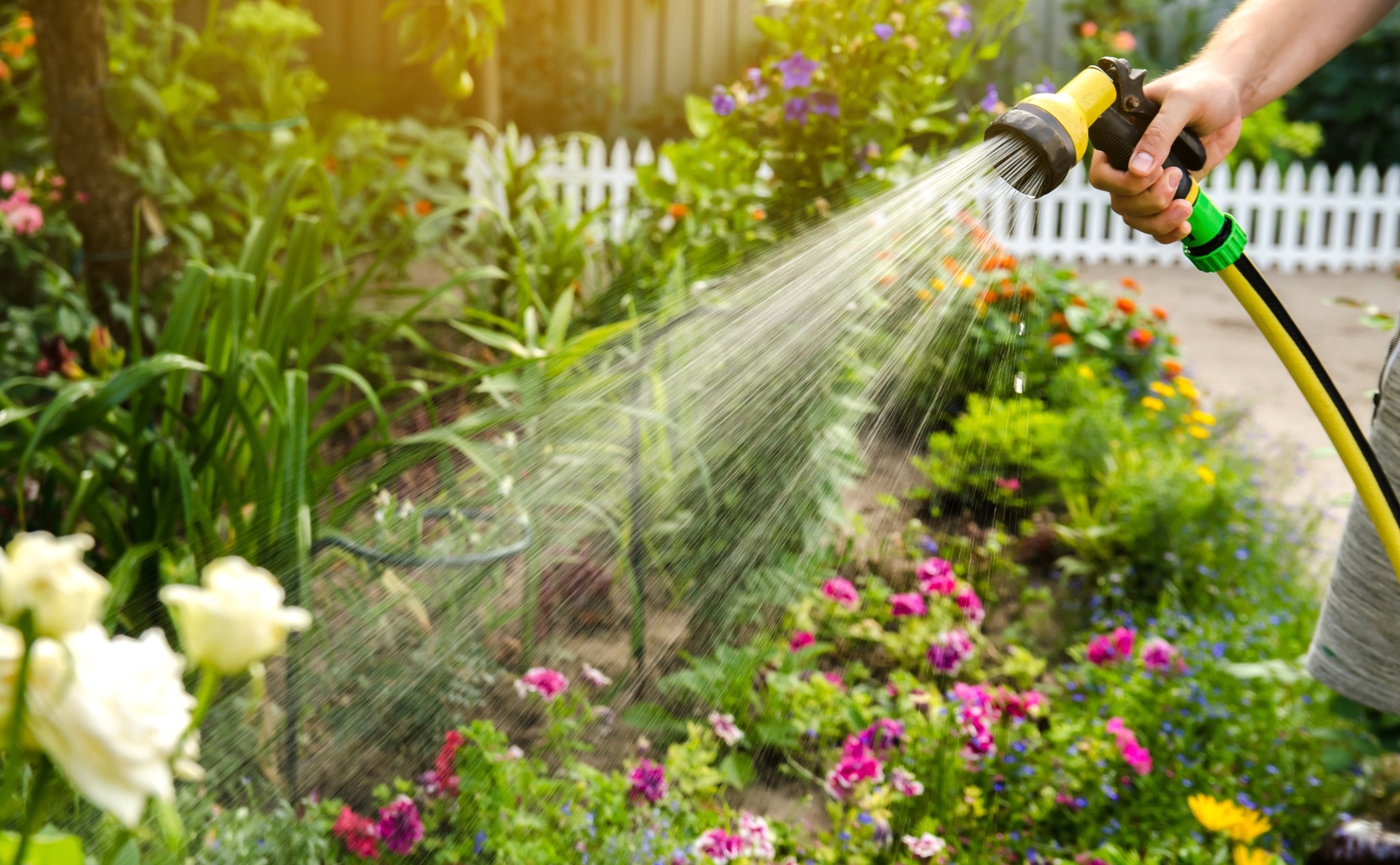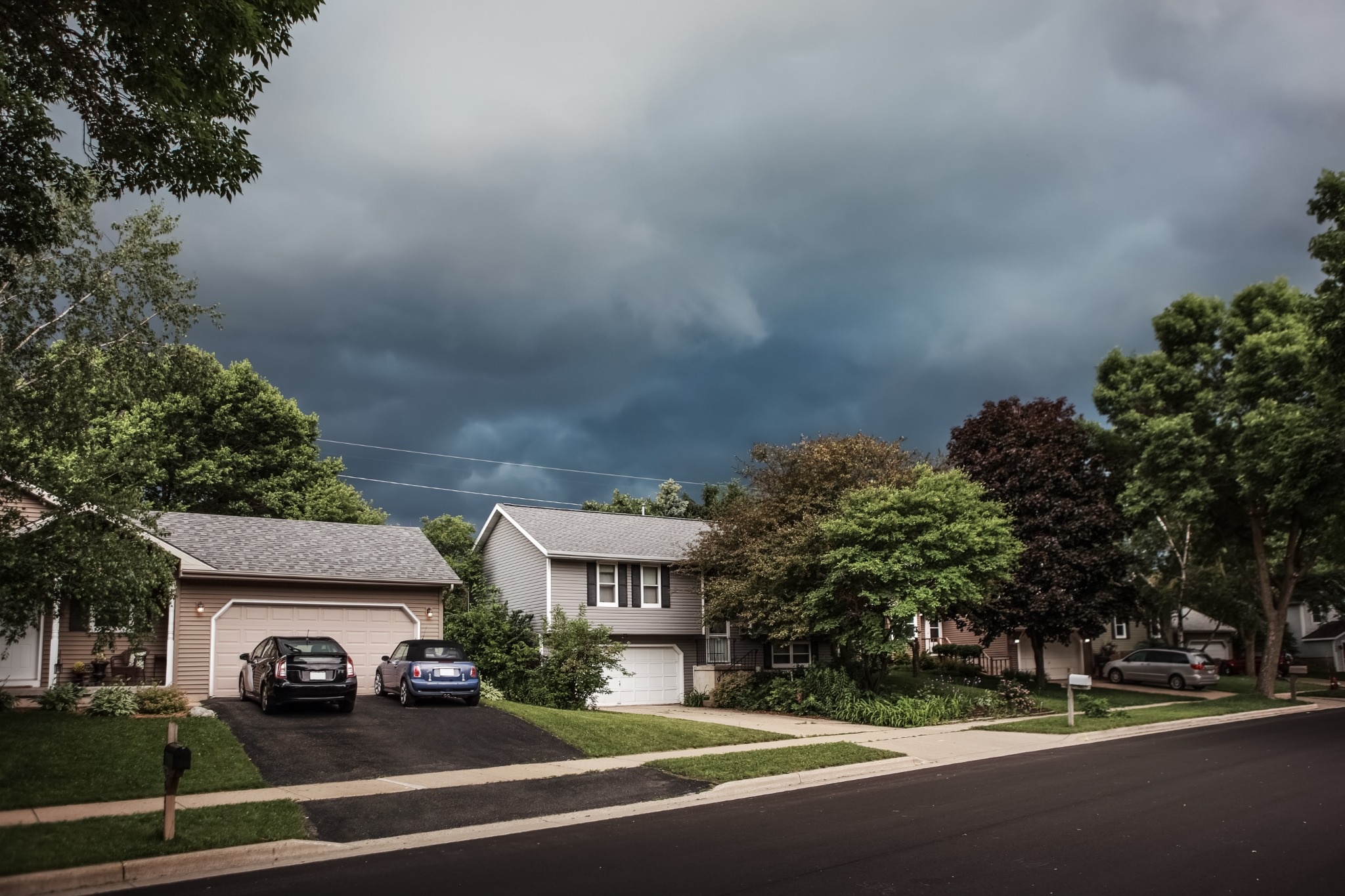Table of Contents
How to Save Money in the Garden with Native Plants and DIY Watering Systems
Creating a beautiful, healthy garden doesn’t have to cost a fortune. In fact, by focusing on native plants and building your own simple watering systems, you can grow a thriving outdoor space that’s easy on your wallet—and great for the environment. Native plants require less water and maintenance, while DIY watering stations help you save money and keep your garden hydrated efficiently. Here’s how to get started with low-cost gardening using these two smart strategies.
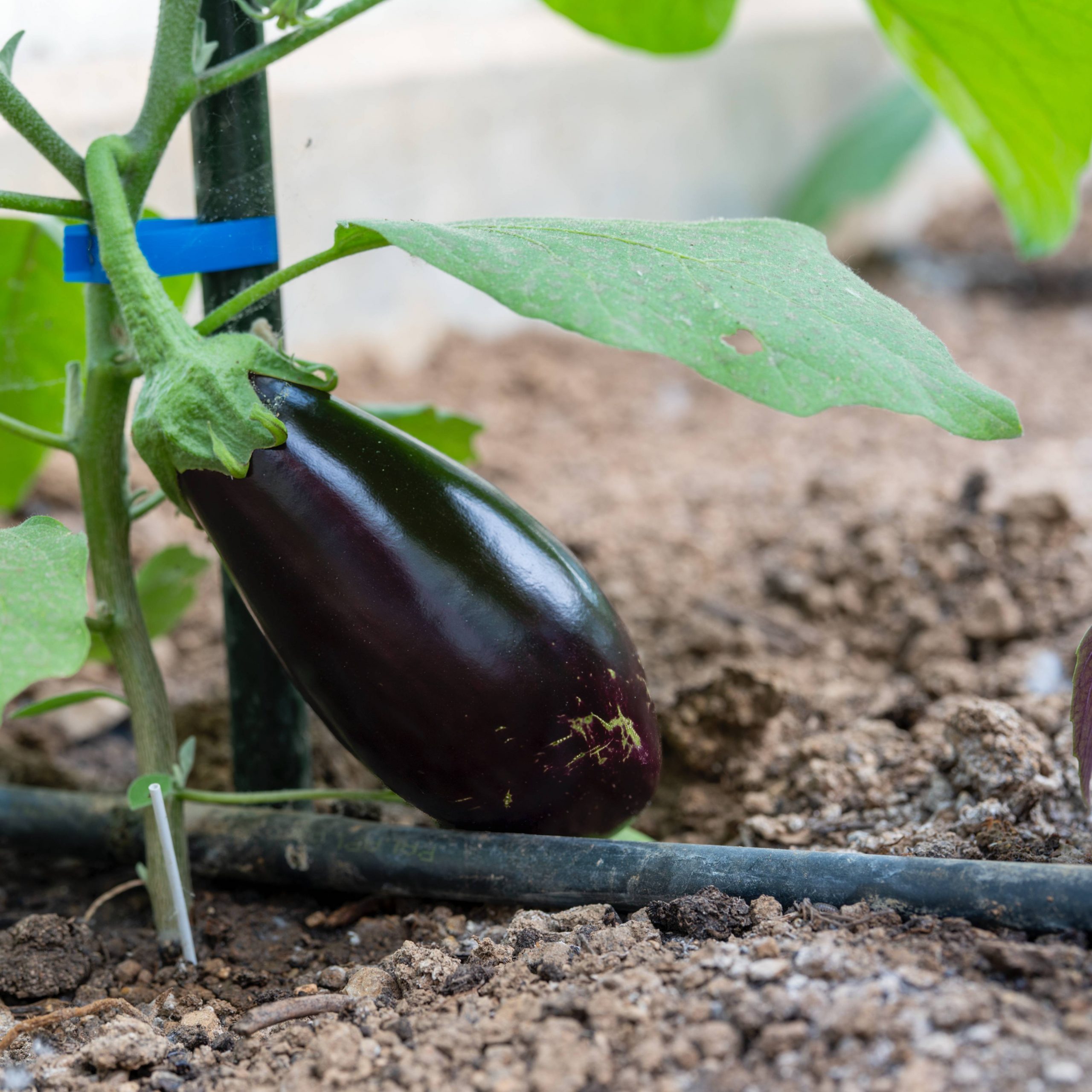
Why Choose Native Plants?
Native plants are those that naturally grow in your region without needing extra care or artificial conditions. Because they’re already adapted to local weather, soil, and pests, they’re an ideal choice for gardeners looking to save time and money.
Benefits of Native Plants:
- Low Maintenance: They typically don’t need fertilizers or pesticides.
- Drought-Resistant: Native species usually require less watering once established.
- Support Local Wildlife: Bees, butterflies, and birds rely on native plants for food and shelter.
- Resilient: They’re naturally more resistant to diseases and pests common in your area.
Examples of Native Plants by Region:
- Northeast: Black-eyed Susan, wild columbine, New England aster
- Midwest: Purple coneflower, butterfly weed, prairie dropseed
- South: Coreopsis, coral honeysuckle, southern blue flag iris
- West: California poppy, manzanita, yarrow
Check with your local nursery, agricultural extension office, or online plant guide to see which native plants thrive in your area.
How to Find Native Plants on a Budget
You don’t need to spend a lot to get started with native plants.
Shop Local: Native plant sales, garden clubs, and farmer’s markets often offer affordable starts or cuttings.
Ask Around: Friends and neighbors may be willing to share clippings or divisions from their own gardens.
Start from Seed: Seeds are far cheaper than mature plants, and many native species grow easily from seed.
Use Online Resources: Websites like PlantNative.org and local extension services offer free guides and seed sources.
Build Your Own DIY Watering Stations
Efficient watering doesn’t require fancy irrigation systems. With a few simple tools and a little time, you can create watering solutions that keep your garden thriving while conserving water.
1. DIY Drip Watering System
This slow-watering method helps deliver moisture directly to the roots with minimal waste.
You’ll Need:
- Clean 2-liter plastic bottles or milk jugs
- A pin or small nail
- Scissors
How To Make It:
- Rinse and remove the label from the bottle.
- Poke several tiny holes in the bottom or sides near the bottom.
- Cut off the bottom of the bottle to make filling easier.
- Bury the bottle halfway into the soil near the base of your plant.
- Fill with water and let it slowly soak into the soil over time.
2. Clay Pot (Olla) Watering System
This traditional method uses unglazed clay pots to slowly release water to nearby roots.
You’ll Need:
- Unglazed terra cotta pot
- Matching saucer or clay tile
- Waterproof sealant (optional)
How To Make It:
- Seal the drainage hole at the bottom with a plug or waterproof sealant.
- Bury the pot in the ground so that only the rim is above the surface.
- Fill with water and cover with the saucer or tile to prevent evaporation and debris.
- Refill as needed—typically every few days.
3. Rain Barrel or Water Collection Bin
Save water and lower your utility bill by collecting rain for your garden.
You’ll Need:
- A large, food-grade barrel or trash can
- Screen or mesh for the top
- Spigot or hose attachment
- Cinder blocks or a raised stand
How To Make It:
- Position the barrel under a downspout to collect roof runoff.
- Cover the top with mesh to keep out debris and mosquitoes.
- Add a spigot near the bottom for easy filling of watering cans.
- Use the water during dry spells to keep your plants happy without using the hose.
Smart Watering Tips
Saving water isn’t just about the method—it’s also about timing and technique.
- Water Early or Late: Water during early morning or evening to reduce evaporation.
- Mulch Your Beds: Use leaves, grass clippings, or straw to hold in moisture and keep roots cool.
- Group Plants with Similar Needs: This prevents overwatering or underwatering and makes care easier.
- Check Soil Moisture: Use your finger to check if the soil is dry before watering again.
Final Insights
Creating a petal-packed, pollinator-friendly garden doesn’t have to drain your wallet. By planting native species and building simple DIY watering stations, you can build a thriving, low-maintenance garden that saves money, supports the environment, and looks beautiful all season long. Start with a few plants and one watering method, and watch your budget-friendly garden bloom!
